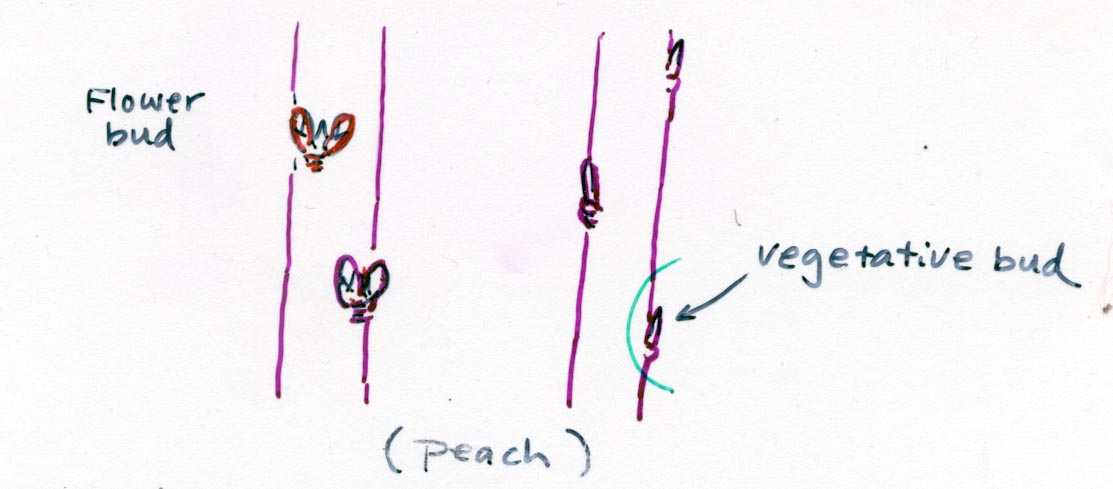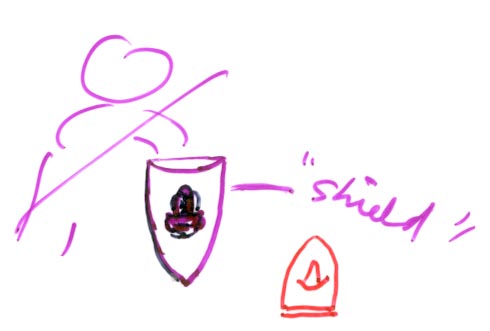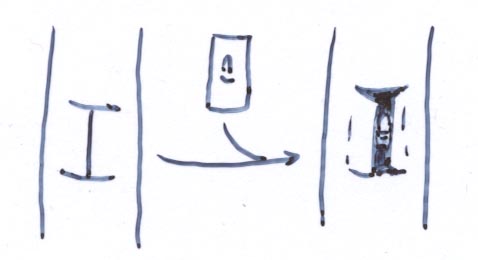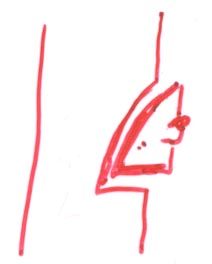TECHNIQUES OF BUDDING
I. PRINCIPLES
A. The bark on the stock must be 'slipping'
-'Slipping'
--- being capable of separating the bark (tissue consisting of periderm, cortex,
phloem, cambium) from the wood xylem
B. 'Budding' or bud graft utilizes only one bud per graft
C. Usually young plants or young branches are used
D. Faster in operation than the stem graft
- 2000-3000
buddings per day per person
-
High success rate ~90%)
*E. Results in a stronger union than is obtained by grafting methods
II. TIME OF BUDDING
A. Fall Budding
(July - September)
-During
late summer - early fall
(before the bark adheres to the wood)
-Select
buds that are vegetative, not flower buds
vegetative buds are small, pointed
flower buds are large, more round, more developed
-The stock and bud union takes place in 2-3 weeks
B. Spring Budding
(March - April)
-Performed
when active growth of the rootstock commences
-Use dormant
buds
usually bud woods are harvested in late fall or winter and stored in cold
(-2 to 0° C)
until use
-Spring
budding is more successful in some species
C. June Budding
(late May - June)
-Use currently
gowing budwood and rootstock stems
-Used
to obtain 'one-year-old' budded plants in a single growing season
-Mostly
done in regions with a long growing season (souther states, CA)
-Mostly
for stone fruits (peaches, almond, apricot, plums)
III. METHODS OF BUDDING
A. T-Budding (shield
budding)
-T-like cut on the stock, and a shield-like bud piece
B. Inverted T-Budding
-The
same as T-bud except the cut is an inverted T-cut
-Practiced
in regions more rainy during budding season
allows better drainage
-Care
must be taken to insert buds in the correct direction of polarity
C. Patch Budding
-Cut
on the stock in a rectangular patch, removing the patch of bark completely
-Insert
the same size patch with a bud
-Used
for thick-barked trees
Walnuts, pecans, ficus, hevea (rubber tree)
-Patch
budding tools
double-bladed knives
rectangular cutting blades
D. I-Budding
-Similar
to the patch budding
-I-cut
with varying sizes
-Variation in I-Budding
E. Chip Budding
-A chip of bark containing a bud is used
IV. UNUSUAL BUDDING METHODS
A. Topbudding
-The same
as 'topworking' except budding is used in place of grafting
-Performed
for changing cultivar or rejuvenating
-Generally
performed during spring, summer
B. Double-Working
by Budding
-Use of
an interstock between the rootstock and scion bud
-Normally
takes two years
C. Microbudding